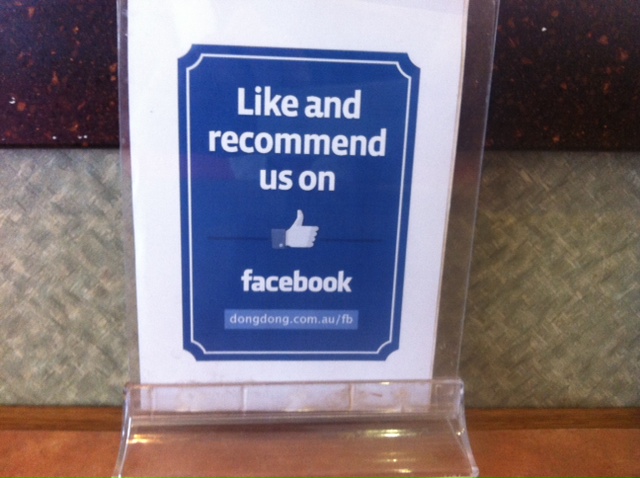Consumer goods giant Proctor and Gamble has announced they will be dialling back their targeted advertising on Facebook, as they discovered being too precise turns out to stifle sales.
It turns out that big companies need scale, not precision, so to grow sales they need to be engaging with more people and not restricting their message to niche groups.
Given the different natures of businesses it’s not surprising to see strategies that work for one group fail dismally for others, but it’s interesting how targeting turns out not to work so well for mass market products.
The losers though in the P&G story are smaller websites as Wall Street Journal quotes the company’s Chief Marketing Officer as saying they will focus more on the big sites and move away from niche players.
Mr. Pritchard said P&G won’t cut back on Facebook spending and will employ targeted ads where it makes sense, such as pitching diapers to expectant mothers. He said P&G has ramped up spending both on digital sites and traditional platforms. One category the company is scaling back: smaller websites that lack the reach of sites such as Facebook, Google and YouTube.
Again we’re seeing the early promise of the web failing as economic power continues to be concentrated with a few major platforms. This is also terrible news for media organisations as big advertisers – P&G are the world’s biggest spender – focus on a few sites and increasingly ignore local or niche news publications.
There’s also the quandary of where the content that Facebook’s users share will come from, with the advertising shifting away from media companies – new players such as Buzzfeed and Huffington Post as well as the old established mastheads – to Google and Facebook, there’s less funds to create interesting and shareable stories.
P&G’s move is very good for Facebook’s and Google’s shareholder but the future media models still seem a long way off.



